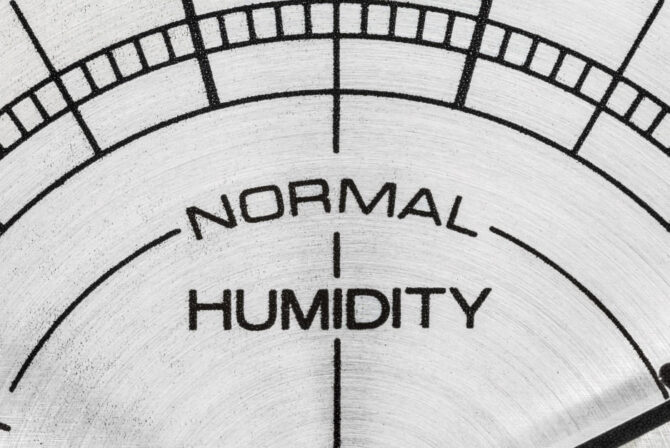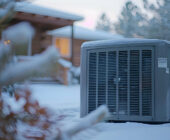
If you’ve ever stepped outside in the middle of summer (or when it’s already hot and sticky during spring) and the air is so thick it feels like someone is pressing against your face – that’s humidity. The exact opposite is true in the winter. You know those chapped lips and dry skin you always get? That’s because of a lack of humidity.
In other words, too much humidity is uncomfortable. And too little humidity can be uncomfortable, as well. So what are you supposed to do?
That’s actually where your air conditioner comes into play. Most people think an AC is a magical machine that simply blows cold air into your home. But there’s more to it than that. One of the main roles of your air conditioning and heating system is to control the humidity in your home. Control the humidity, and you control your comfort level.
When you’re measuring humidity in your home, you actually measure relative humidity. That’s a term that describes the amount of water vapor in the air compared with the amount of water vapor that could exist at that current temperature. Most of the time, you want the relative humidity inside your home somewhere in the 30-50% range. If it’s higher than that 50% level, it could lead to big problems. We’re talking mold and rot, just to name a few. But if you drop below the 30% level, it’s going to feel like you’re in the middle of the desert in terms of dry air.
Thankfully your thermostat will likely do most of the hard work for you. Most smart thermostats these days show you the relative humidity level inside your home. If your air conditioning and heating system is doing its job properly, your relative humidity level will be in that 30-50% range. But it’s an important to not take this for granted. Keep an eye on it, just to make sure your AC system is working effectively. A simple glance at the thermostat here and there could save you big headaches down the road.
Have any questions? Give Champion Home Services a call!




